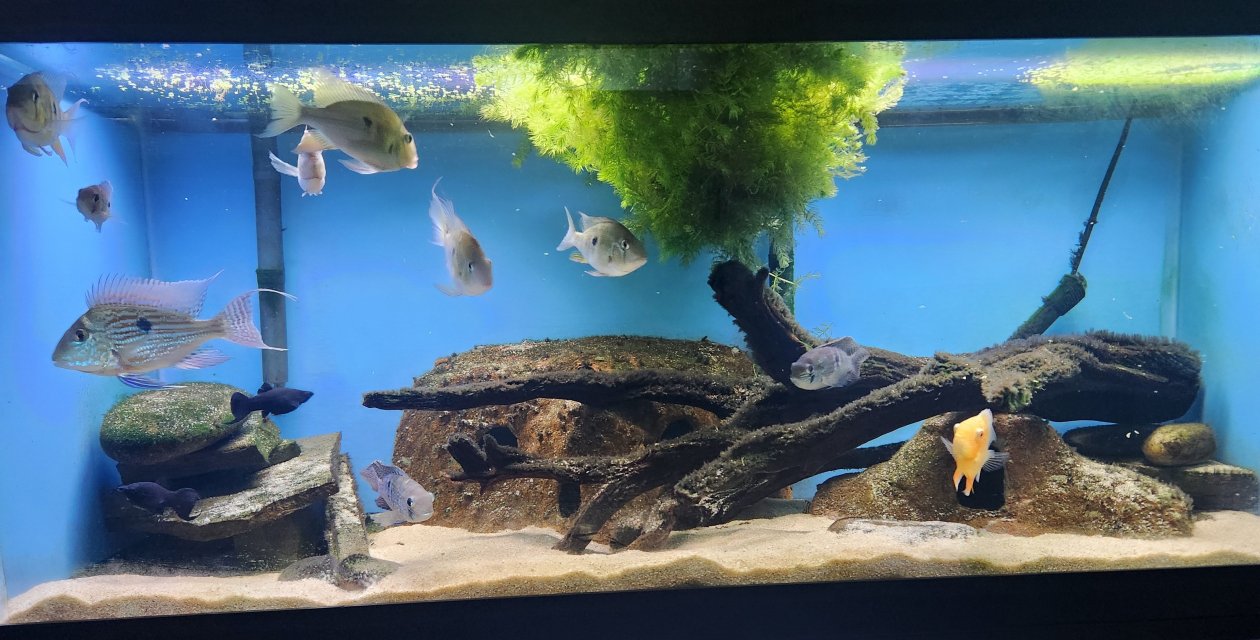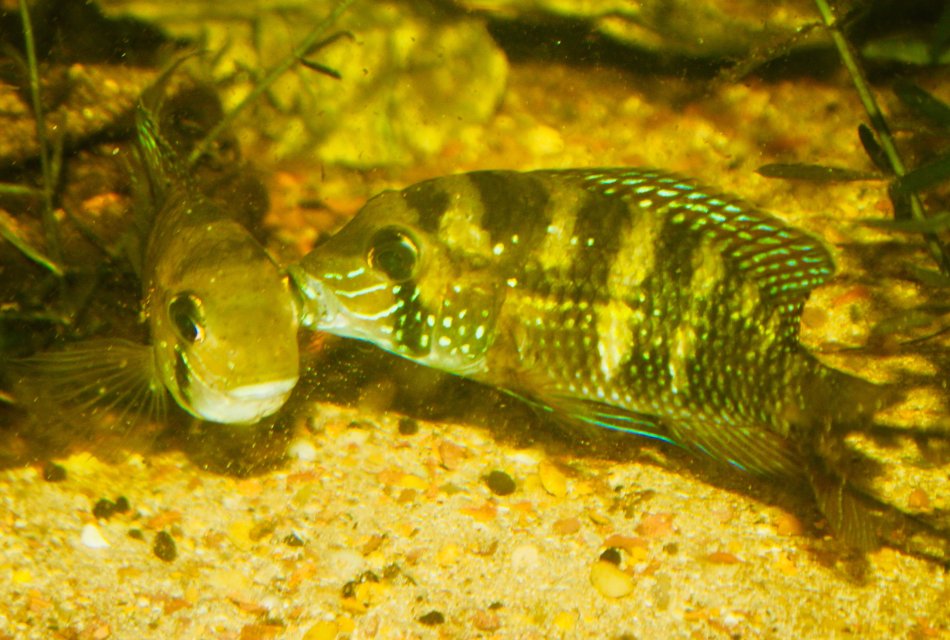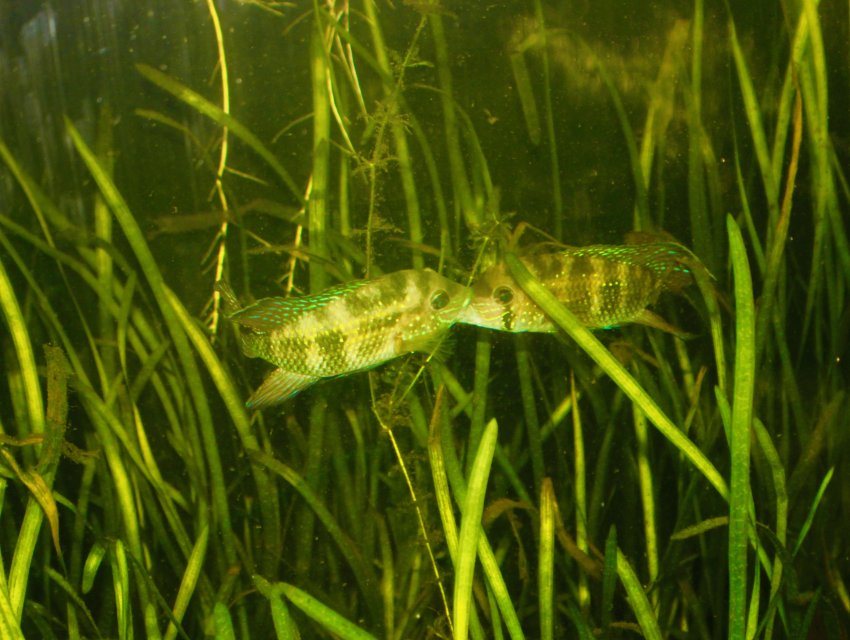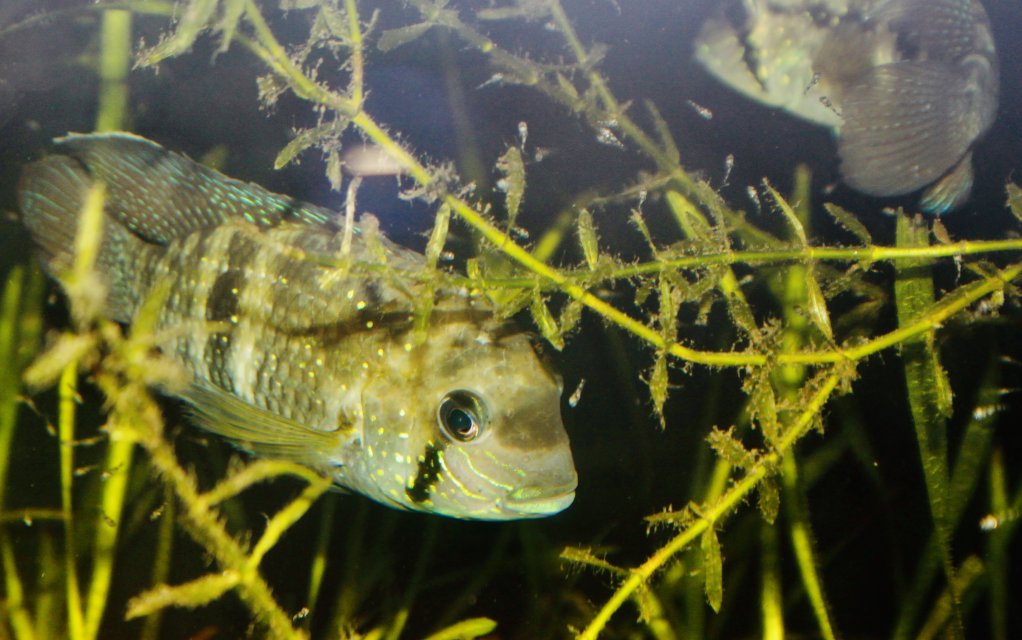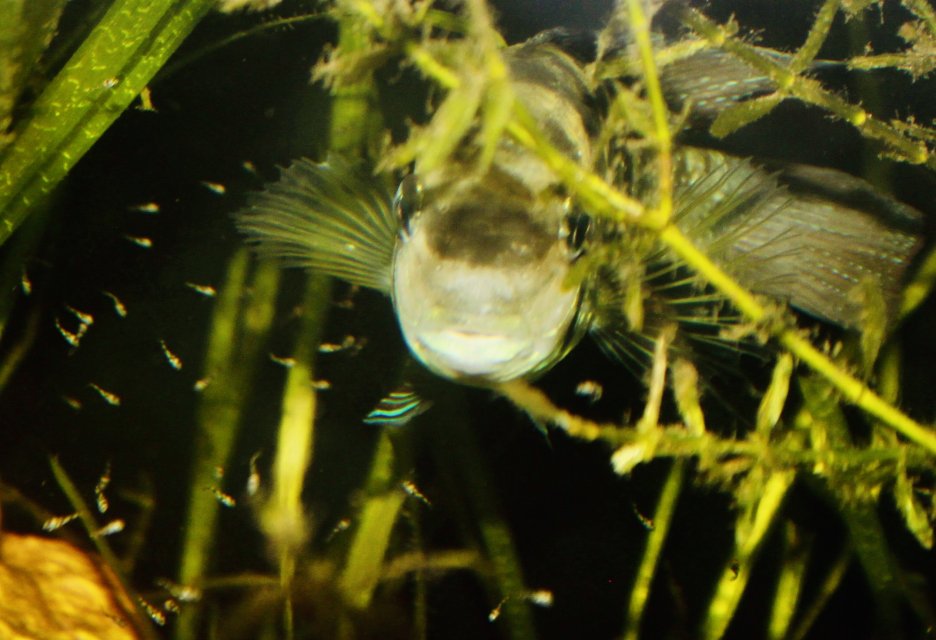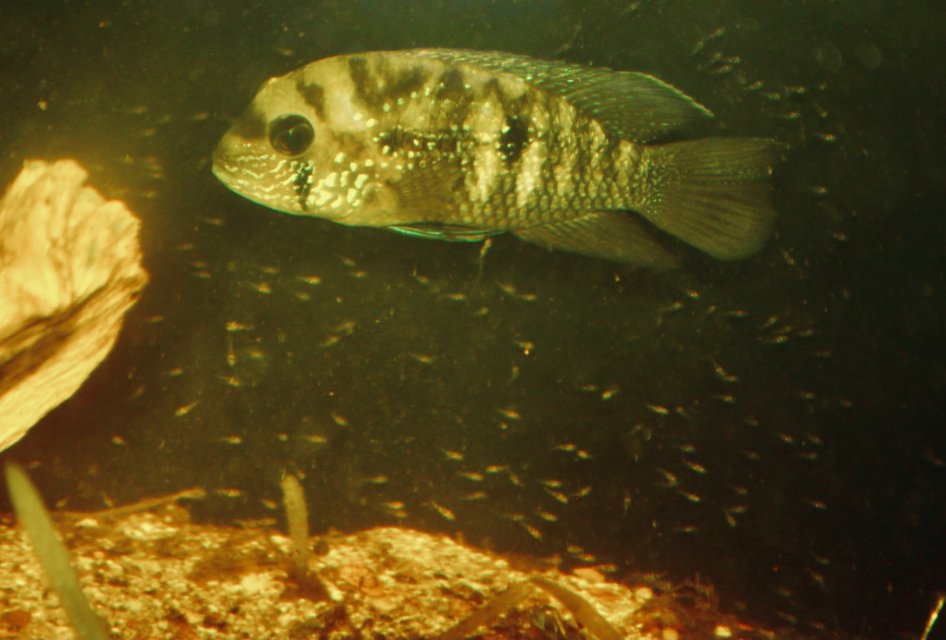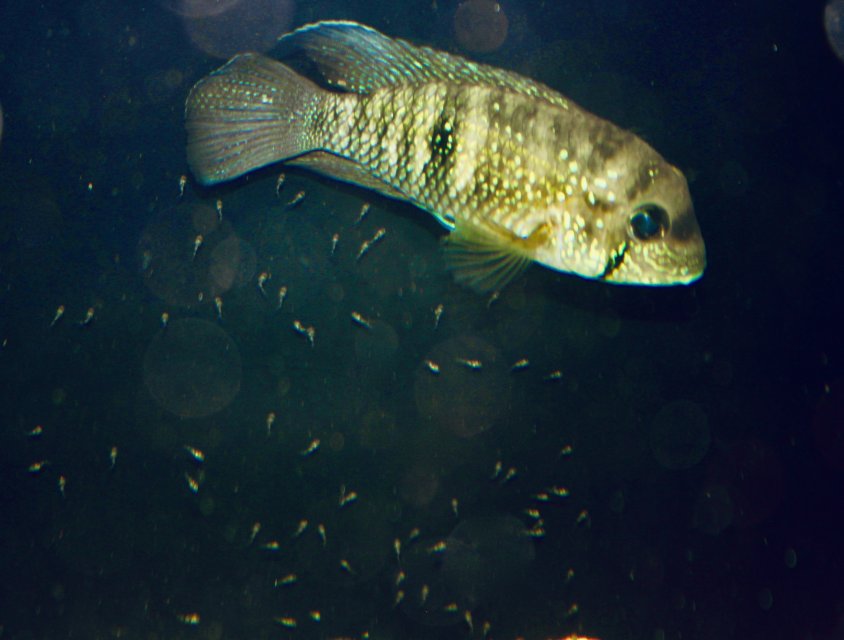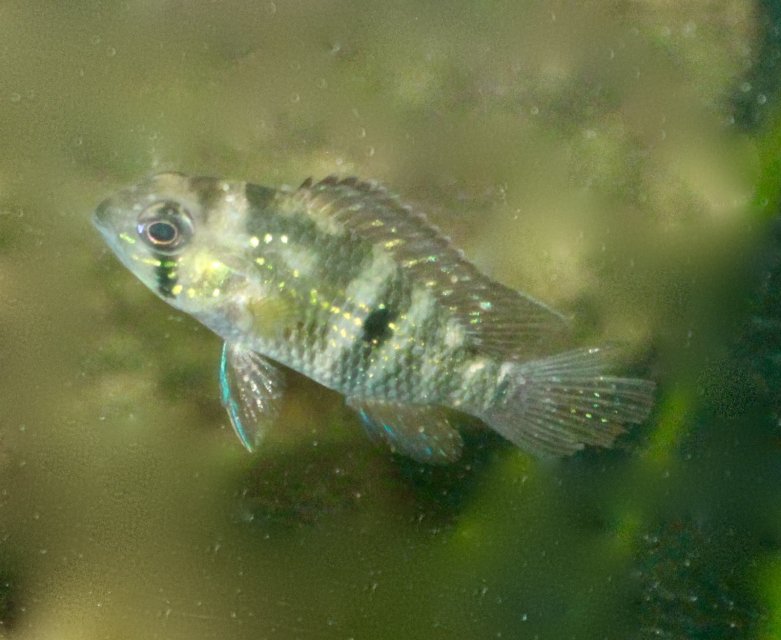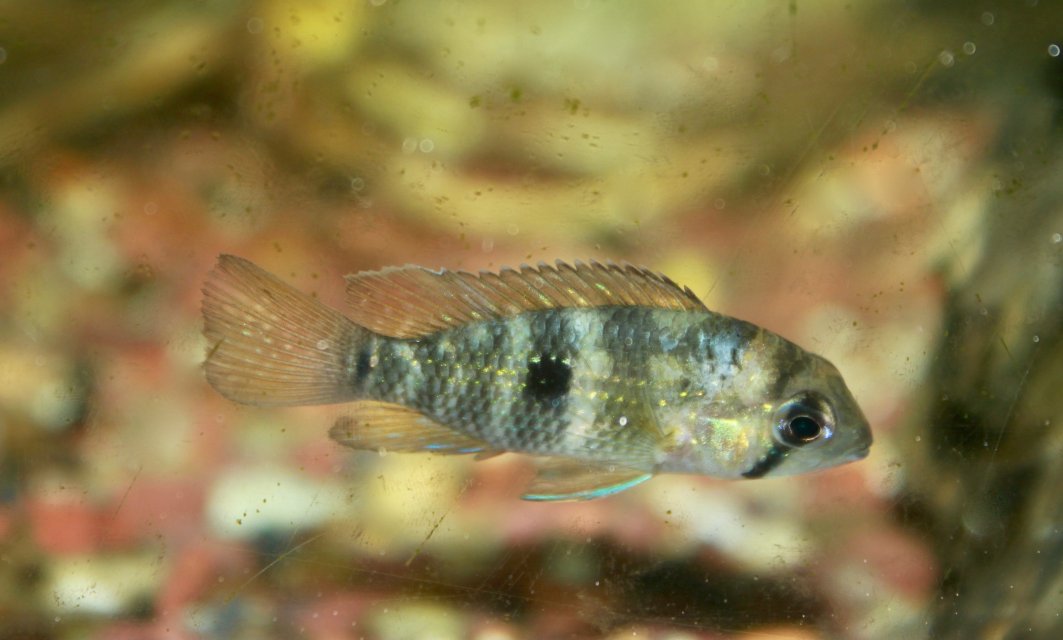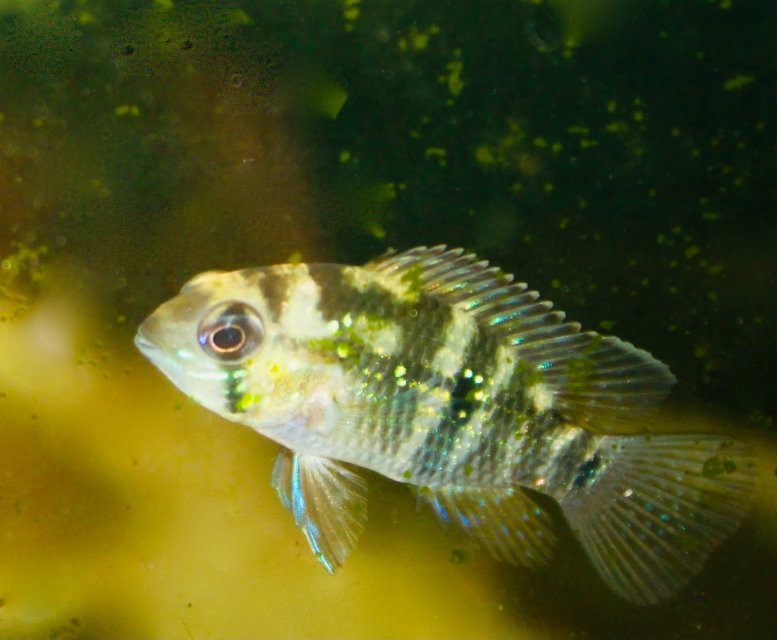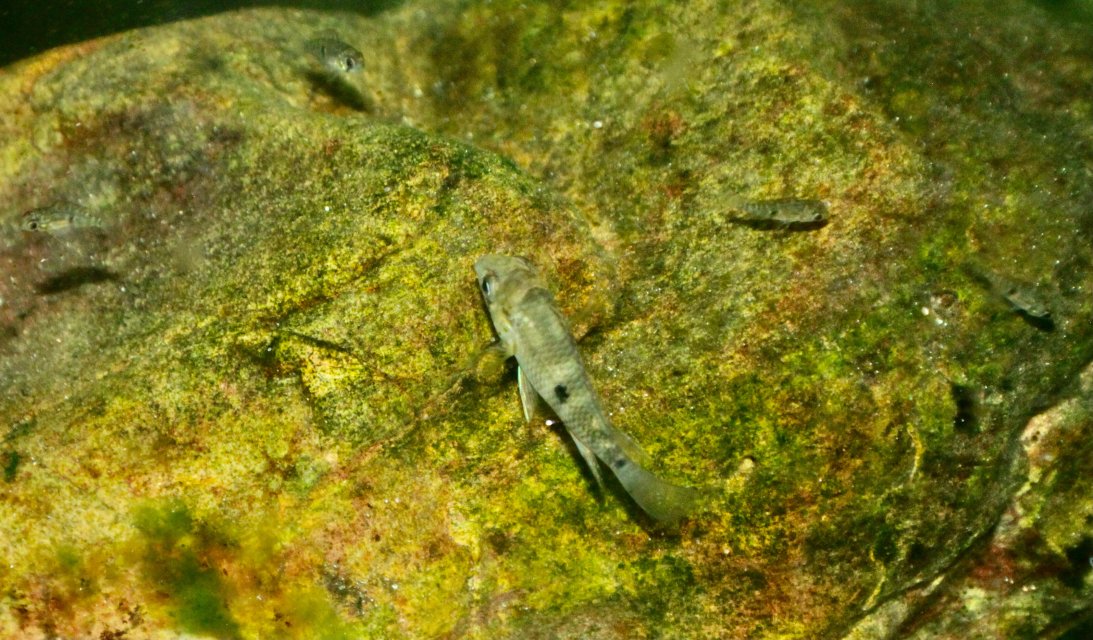The plan:
IMO this is decently balanced, except for the gouramis getting whooped by the acaras when breeding season comes along. I don’t know if this list is good or not, just help me tweak this so that nothing gets out of hand in the tank.
EDIT : What could I replace the gouramis with that I could get 6-10 of that also stay on the upper half of the tank?

IMO this is decently balanced, except for the gouramis getting whooped by the acaras when breeding season comes along. I don’t know if this list is good or not, just help me tweak this so that nothing gets out of hand in the tank.
EDIT : What could I replace the gouramis with that I could get 6-10 of that also stay on the upper half of the tank?



